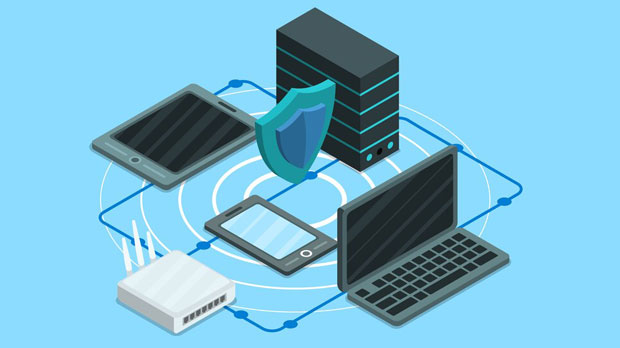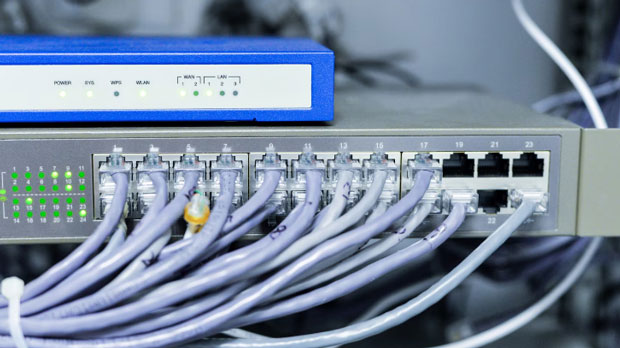In today’s digital world, GEO surfing has become an essential tool for many online activities, including digital marketing, content access, and market research. To ensure a smooth and effective GEO surfing experience, one of the most important steps is to select the right traffic plan for proxies. A good traffic plan ensures that you can bypass geographic restrictions while maintaining anonymity and speed. But with so many options available, choosing the right plan can be challenging. In this article, we will analyze how to choose the best traffic plan for buying proxies for GEO surfing, highlighting key factors like data volume, location variety, bandwidth, and the balance between price and performance. Understanding GEO Surfing and the Importance of ProxiesBefore diving into the selection process, it’s important to understand what GEO surfing is and why proxies are necessary. GEO surfing refers to the ability to access content or websites that are restricted based on the user’s geographic location. This can include accessing streaming services, conducting market research in specific regions, or testing how a website appears to users in different parts of the world.Proxies act as intermediaries between the user and the internet, masking the user’s actual IP address and making it appear as though they are browsing from a different location. By using proxies, GEO surfers can avoid location-based restrictions, access region-specific content, and protect their identity and browsing history.Key Factors to Consider When Choosing a Traffic Plan for GEO Surfing ProxiesWhen purchasing proxies for GEO surfing, selecting the right traffic plan is crucial. Here are the main factors to consider:1. Data Volume and Traffic LimitsOne of the first aspects to evaluate when choosing a traffic plan is the amount of data you will need. Different tasks on GEO surfing, such as streaming, web scraping, or browsing multiple websites simultaneously, will require varying levels of data. For example, if you plan to access high-definition video content, you will need a plan that offers higher bandwidth and more data. On the other hand, simple browsing tasks or conducting market research might require less data.When selecting a traffic plan, you need to balance the volume of data provided with your intended usage. Look for a plan that offers enough data to meet your needs without going over the limit, as excess usage can lead to additional charges.2. Geographic Location VarietyThe geographical location of the proxies is another crucial factor. A good proxy provider will offer proxies from a wide variety of countries and regions, allowing you to simulate browsing from multiple locations. This is especially important if your goal is to test how content is displayed in different regions or access content specific to a particular country.Some providers may focus on offering proxies from only a few countries, while others may offer a more diverse set of locations. Choose a plan that provides proxies from the regions you need most, especially if your business targets specific markets.3. Speed and BandwidthSpeed is an essential consideration when choosing a proxy plan for GEO surfing. Slow proxies can result in long loading times, disrupted connections, or even errors when accessing content. When selecting a traffic plan, look for providers that offer high-speed proxies with sufficient bandwidth for smooth browsing.Keep in mind that not all proxies are created equal. Some providers may have proxies that are optimized for speed, while others may prioritize anonymity or location variety. Depending on your needs, you will need to decide whether you value speed over location variety or vice versa.4. Pricing and Performance BalancePricing is always a consideration, especially for businesses and individuals working within a budget. The price of a traffic plan is usually determined by the data volume, proxy locations, speed, and additional features such as security and customer support.However, it is important to strike a balance between price and performance. While cheaper plans might seem attractive, they may not offer the performance or security necessary for effective GEO surfing. On the other hand, premium plans may be more expensive but offer higher quality proxies with better speed, reliability, and support.Carefully compare the prices and features offered by different providers to find the best value for your specific needs.5. Security and Anonymity FeaturesSecurity and anonymity are two major reasons for using proxies in the first place. A reliable proxy provider will offer features that ensure your data is secure, and your online identity remains anonymous. When selecting a traffic plan, consider the security features provided by the proxy service.Look for proxies that use encryption, offer IP rotation, and prevent the leakage of identifying information. Additionally, consider whether the provider has a solid privacy policy that guarantees the protection of your personal data.6. Customer Support and Service QualityQuality customer support can make a big difference when it comes to resolving issues quickly and ensuring a smooth GEO surfing experience. When evaluating a traffic plan, consider the level of customer support provided by the proxy service.A reliable provider will offer 24/7 support, either via live chat, email, or phone. They should also offer helpful resources, such as tutorials, FAQs, and troubleshooting guides, to assist you in setting up and optimizing your proxy usage.Choosing the Right Proxy Plan for Your NeedsNow that we’ve covered the key factors, here’s a step-by-step guide to help you choose the best traffic plan for your GEO surfing needs:1. Assess Your Usage Needs: Determine the amount of data, speed, and locations you require based on your activities.2. Compare Different Providers: Research various providers and compare their offerings based on the factors discussed above.3. Consider Future Growth: Think about your future needs and whether the plan will accommodate growth, such as increasing data volume or expanding to new regions.4. Test the Proxies: If possible, test the proxies through free trials or sample plans to assess their performance.5. Balance Price with Performance: Ensure you are getting good value for the money spent, without sacrificing speed, security, or reliability.Selecting the right traffic plan for GEO surfing proxies is essential for a smooth, efficient, and secure browsing experience. By considering factors like data volume, location variety, speed, security, and customer support, you can find a plan that fits your specific needs and budget. Always balance cost with performance to ensure that you get the best value for your investment, and don’t hesitate to test out different options to find the ideal plan for your GEO surfing activities.
May 23, 2025



































































